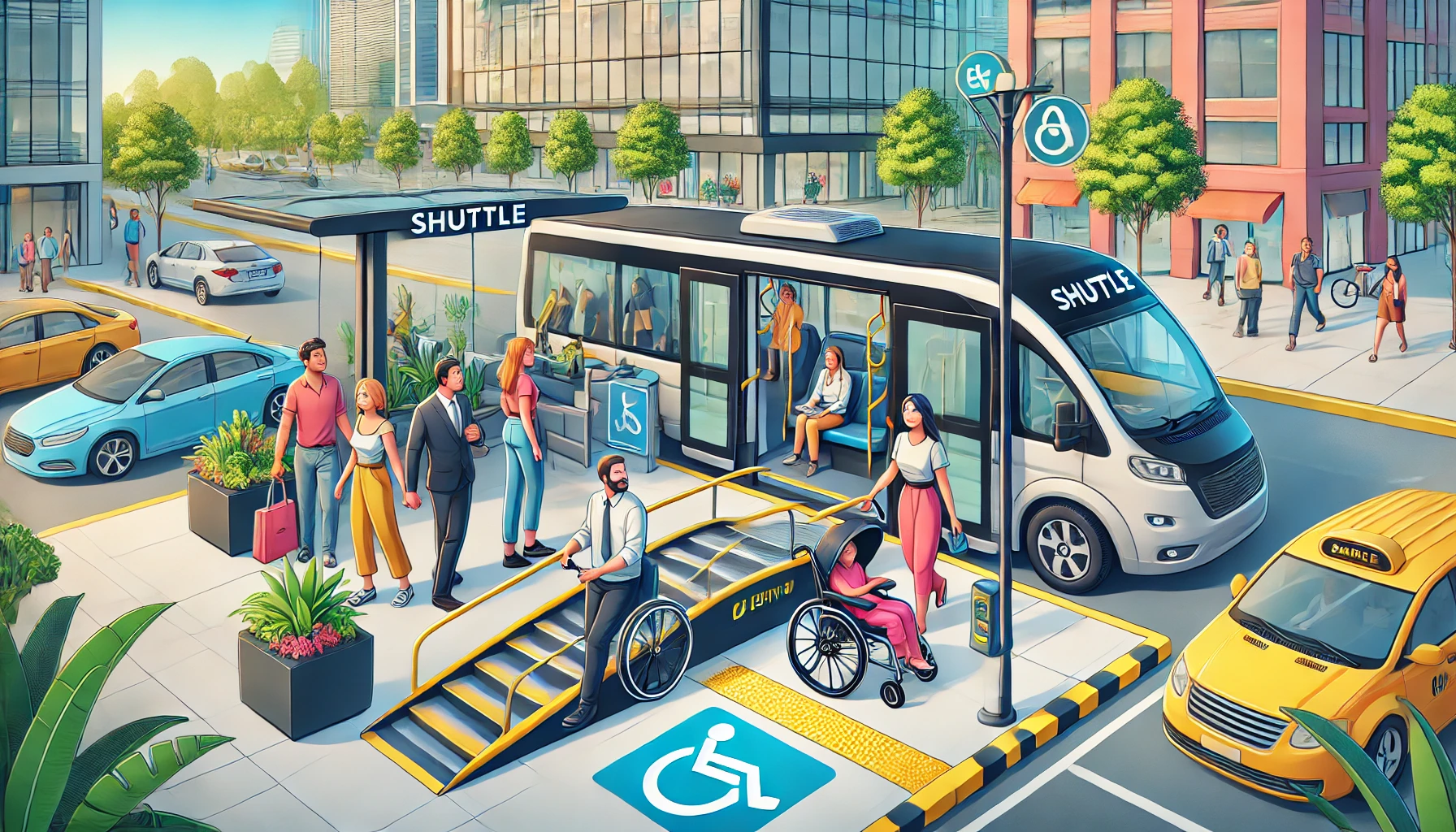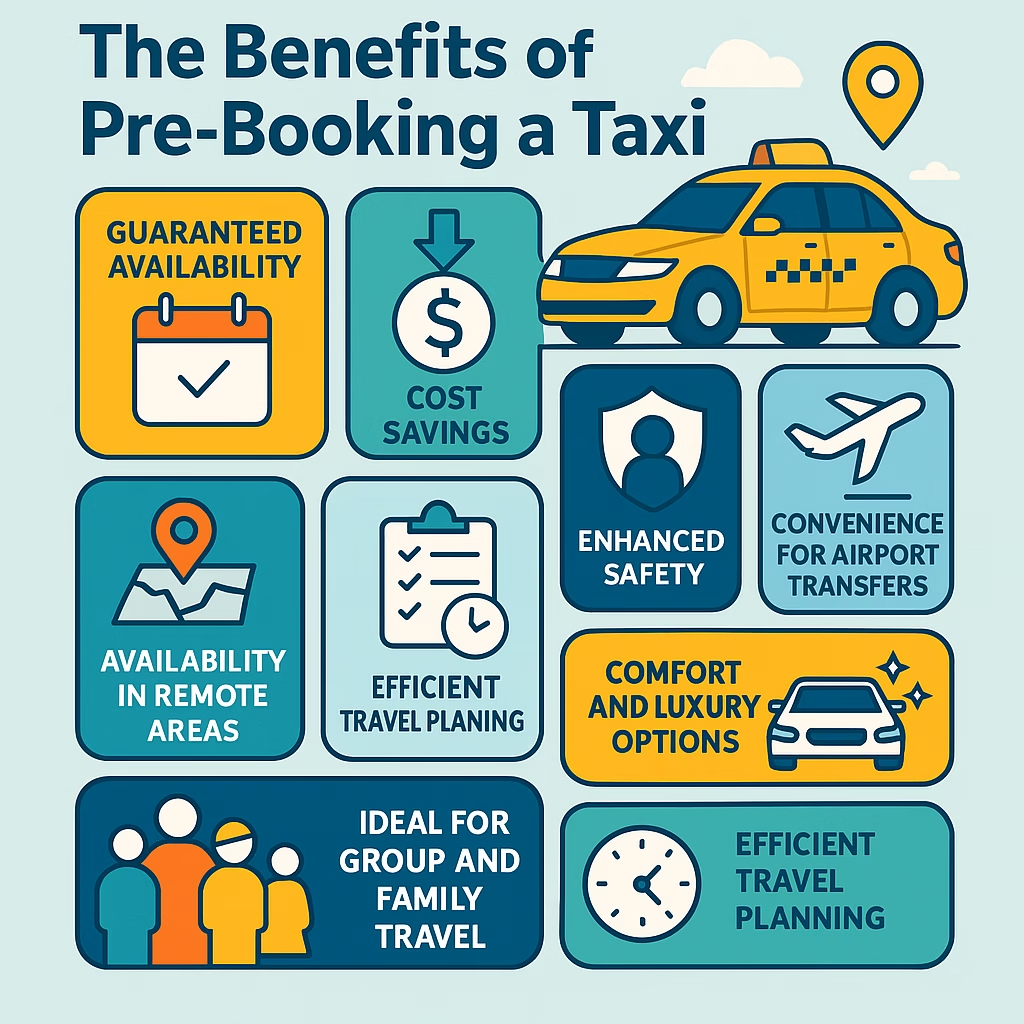Transportation plays a crucial role in connecting people to opportunities, services, and communities. In recent years, the demand for accessible shuttle service options has grown exponentially. These services ensure that all travelers, regardless of physical ability or circumstances, can navigate cities, airports, and tourist destinations with ease. This comprehensive guide delves into how shuttle services enhance accessibility, the factors influencing their effectiveness, and the importance of inclusivity in transportation.
1. Understanding Accessibility in Shuttle Services
The Issue
Accessibility in transportation has long been a challenge for individuals with disabilities, older adults, and families with young children. Standard shuttles often fail to accommodate wheelchairs, mobility aids, or strollers, leaving many travelers stranded or forced to rely on alternative, often costly, options.
Solutions
- Design Innovations: Modern shuttle services are incorporating ramps, lifts, and spacious interiors to accommodate wheelchairs and mobility aids. These features ensure that travelers can board and disembark with ease.
- Driver Training: Drivers trained in assisting passengers with special needs are pivotal. Companies focusing on accessibility prioritize empathetic and well-trained staff who understand the challenges faced by travelers.
- Collaborative Planning: Transport providers work with advocacy groups to design shuttles that address real-world accessibility concerns. Feedback loops ensure ongoing improvements.
2. Accessible Shuttle Service Options in Urban Areas
The Issue
Urban transportation networks are often not designed with inclusivity in mind, leading to gaps in service for people who rely on accessible options.
Solutions
- Integrating Public and Private Services: Cities are partnering with private shuttle services to create comprehensive networks that serve diverse needs.
- Real-Time Dispatch Services: Accessible dispatch systems ensure quick and reliable shuttle availability. Using digital platforms, travelers can book rides suited to their requirements.
- Electric and Eco-Friendly Options: Many cities are adopting eco-friendly accessible shuttles. These not only serve the needs of travelers but also align with sustainability goals.
3. Airport Shuttle Accessibility: A Critical Need
The Issue
Airports are high-traffic areas where accessibility is paramount. However, not all airport shuttles meet the needs of travelers with disabilities.
Solutions
- Specialized Shuttle Fleets: Airport authorities are investing in fleets equipped with advanced accessibility features, ensuring smoother transitions for passengers with limited mobility.
- 24/7 Customer Support: Having a dedicated support line ensures that passengers can request assistance whenever needed.
- Seamless Transfers: Coordination between airlines and shuttle services reduces wait times and streamlines the transfer process.
4. Balancing Cost and Accessibility
The Issue
Implementing accessibility features can be costly, leading to hesitancy among smaller operators to invest in these modifications.
Solutions
- Government Subsidies: Public funding and tax incentives encourage shuttle providers to invest in accessible vehicles and technology.
- Economies of Scale: Pooling resources among operators allows for shared investment in accessible shuttle service options.
- Affordable Technology: Advancements in manufacturing and design are making accessibility features more cost-effective.
5. The Role of Technology in Accessibility
The Issue
Lack of technological integration can hinder the effectiveness of accessible shuttle services.
Solutions
- Mobile Apps for Booking: User-friendly apps allow passengers to select vehicles with specific accessibility features.
- Real-Time Tracking: GPS-enabled tracking ensures that travelers can plan their journeys with minimal delays.
- AI and Automation: Artificial intelligence helps optimize routes and predict peak times, ensuring a smoother experience for all users.
6. Tourism and Accessible Shuttle Service Options
The Issue
Tourist destinations often lack adequate accessible transportation options, limiting opportunities for travelers with disabilities.
Solutions
- Partnerships with Local Operators: Collaboration between tour operators and shuttle services ensures seamless travel experiences.
- Inclusive Tour Packages: Offering packages that include accessible transport encourages more diverse participation.
- Awareness Campaigns: Promoting the availability of accessible options can attract a wider audience to tourist destinations.
7. Community Outreach and Awareness
The Issue
Many travelers are unaware of the accessible options available to them, leading to underutilization.
Solutions
- Educational Campaigns: Informative workshops and social media campaigns raise awareness about available services.
- User Reviews and Feedback: Encouraging travelers to share experiences helps others make informed decisions.
- Partnerships with Advocacy Groups: Collaborating with disability organizations ensures that services are tailored to real needs.
8. Challenges in Rural Accessibility
The Issue
Rural areas often lack the infrastructure to support accessible shuttle services.
Solutions
- Mobile Units: Deploying mobile shuttle units to underserved areas bridges the accessibility gap.
- Subsidized Services: Government-backed programs make it feasible for operators to serve rural communities.
- Community Involvement: Engaging local communities in the planning process ensures that solutions are practical and sustainable.
9. Environmental Sustainability and Accessibility
The Issue
Balancing environmental sustainability with accessibility features can be complex.
Solutions
- Hybrid and Electric Vehicles: Eco-friendly shuttles with accessibility features offer a win-win solution.
- Efficient Route Planning: Minimizing travel distances reduces emissions and costs.
- Recyclable Materials: Using sustainable materials in vehicle construction supports environmental goals.
10. Future Trends in Accessible Shuttle Services
The Issue
As needs evolve, staying ahead of trends is essential for maintaining inclusivity.
Solutions
- Autonomous Vehicles: Self-driving shuttles promise a future where accessibility is standard, not optional.
- Universal Design Principles: Adopting universal design ensures that services cater to the widest range of users.
- Global Standards: Establishing international benchmarks for accessibility ensures consistency across regions.
Conclusion
Accessible shuttle service options are more than a convenience; they are a necessity for creating inclusive societies. By addressing the challenges and investing in solutions, we can ensure that transportation systems serve everyone equitably. Shuttle services enhance accessibility, empower travelers, and foster greater social inclusion.
For efficient dispatch and customer support services, consider partnering with Saztech Solutions. Their expertise in modern transportation technologies ensures seamless operations and enhanced traveler experiences.
Home | About Us | Pricing | Get Started | FAQ | Dispatch Daily | Contact Us
WhatsApp | Facebook | LinkedIn





Leave a Reply